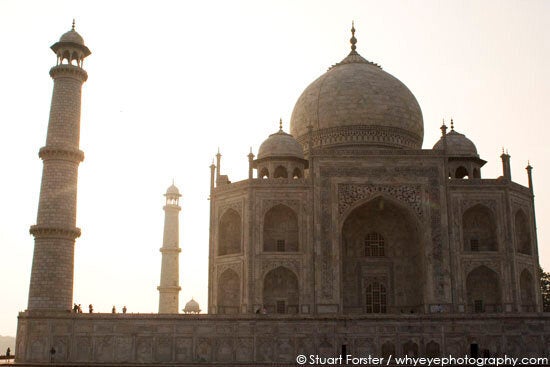How long does it take to view a well-known tourist attraction such as the Taj Mahal?
Some people might say a couple of hours, others might spend a full day at the attraction in Agra, India. Perhaps I went a tad overboard in spending three days attempting to seek out the best views of the UNESCO World Heritage Site?
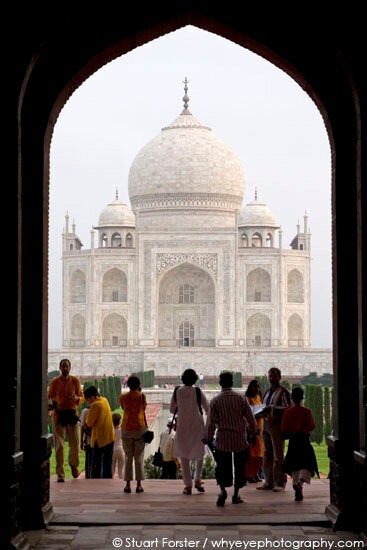
My aim was to find a viewing spot that might rival or even surpass that famous symmetrical view from within the gardens, the one looking along the shallow canal that runs towards the Taj.
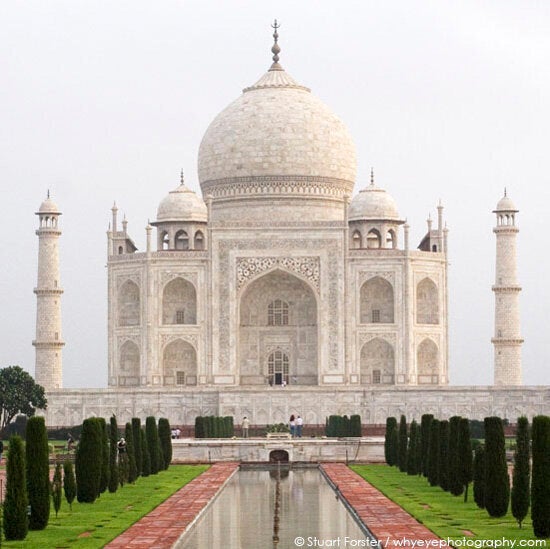
'That' iconic view appears in almost every holiday brochure and so many guidebooks; practically everybody knows it. Photos of that scene have been reproduced so many times that the view has become a cliché of sorts. Nevertheless, standing there, it was hard not to be impressed by the familiar beauty of the scene and the Taj's grand scale.
Viewing and photographing the Taj was my primary aim but three days gave me a window of opportunity to visit some of the other Mughal sites in and near Agra. These include the tomb of Mirza Ghiyath Beg (the exquisite marble structure that's known as the Itmad-ud-Daulah and but popularly called the 'Baby Taj'), plus Akbar's Mausoleum at Sikandra.
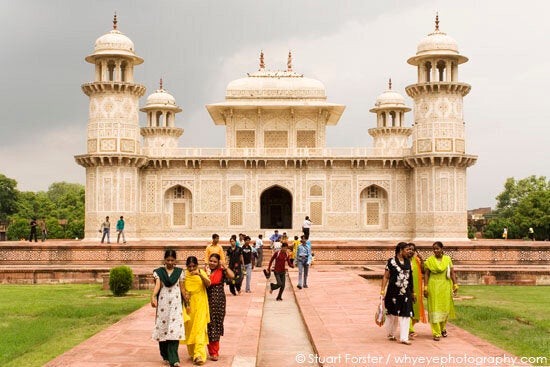
Agra Fort is also impressive; the aged local guide that I hired provided insights into the site's history and recounted tales in a dramatic manner, breathing an element of welcome drama into my visit. One of his stories was told from the spot where Shah Jahan, the deposed and imprisoned former emperor, is reputed to have looked wistfully along the River Yamuna to the monument he had built for his wife Mumtaz Mahal. She died in 1631, while giving birth to the couple's fourteenth child.
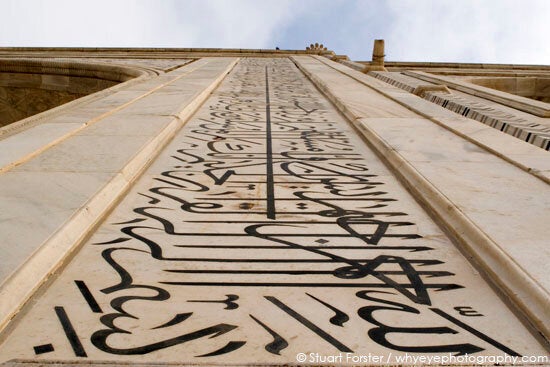
My first view of the Taj wasn't the famed one from within the formal gardens but from across the far side of the River Yamuna.
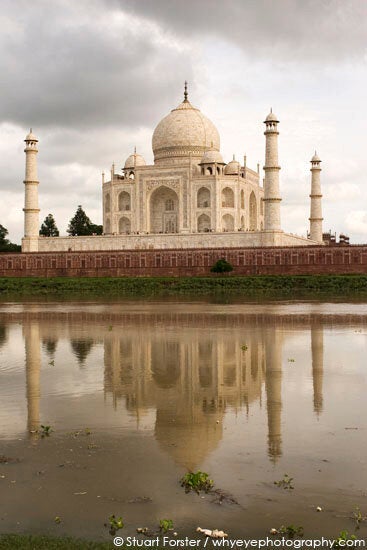
The area along the opposite riverbank to the Taj proved surprisingly calm in comparison to the busy streets of Agra.
The only other person was a man sitting crossed-legged and singing melodic love songs while looking towards the marble dome of the monument that Rabindrath Tagore movingly referred to as 'a tear on the face of eternity.' He smiled and wobbled his head at me, without ceasing to sing.
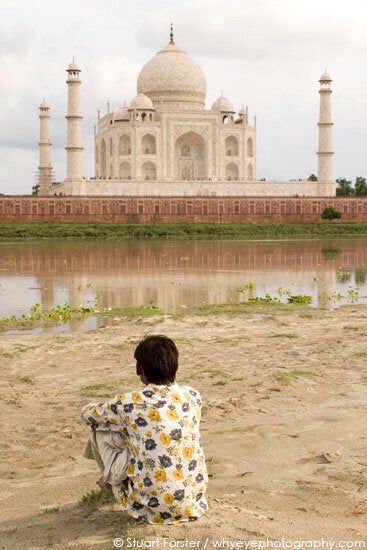
I next attempted to catch a look at the Taj from the Taj Ganj area of the town, the site of numerous restaurants and cafes. A rooftop breakfast of aloo paratha and freshly squeezed juice provided an opportunity to snap a couple of pictures of the iconic monument.
The colour and mood of the marble on the Taj's dome appears to change markedly during the course of the day. This means relaxing in the monument's grounds, or nearby, can be a visually rewarding experience. I enjoyed observing the subtle changes in tone that occurred over the course of the day and worked them into a series of photographs.
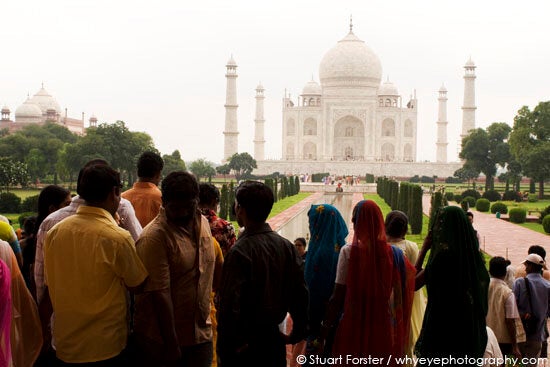
It seemed fitting to stay in Agra and dine on a Mughlai style meal the night before heading into the Taj's grounds. The rich, Persian influenced cuisine, reached its apogee in the courts of the Mughal emperors. Hours before eating, I'd visited the kitchens which once produced so much of it, within the fort.
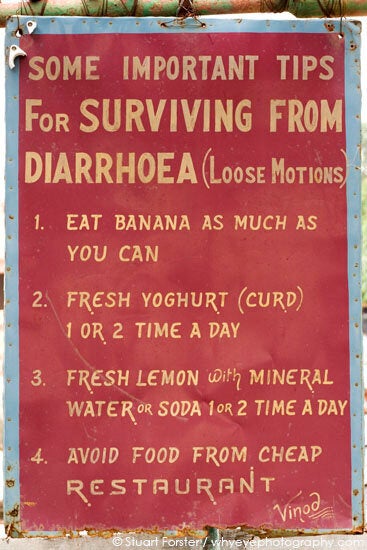
My alarm sounded while it was still dark, so that I arrived at the Taj's ticket office for dawn, when the gates to the Taj are opened. I sacrificed a couple of hours of sleep to beat the crowds and see sunrise warming the marble of the Taj's domes and minarets.
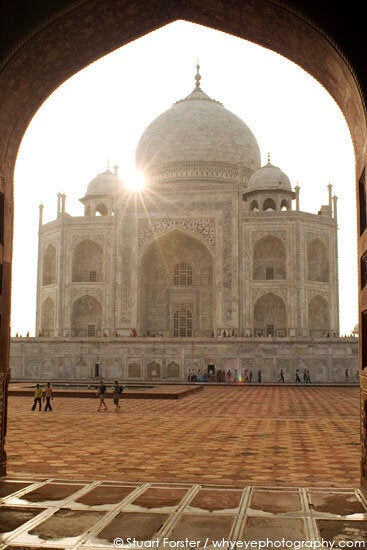
Why rush a visit when a slow approach to experiencing the Taj Mahal can prove so rewarding?
Useful Information
Find out more about the opening times as well as the do's and don'ts of visiting at the Taj Mahal's official website.
Learn more about destinations in Uttar Pradesh on the state's tourism website.
See more about travel destinations within India as whole on the Incredible India website.
Stuart Forster is a freelance travel writer and photographer. See more of his work on his blog, go-eat-do.com and whyeyephotography.com.
